10 Best Emerging Market ETFs for Global Growth
The global economy is expected to rebound sharply this year and next. These are the best emerging market ETFs to leverage this potential source of growth.


There's no denying it's been a rough stretch for emerging market (EM) stocks.
Following a year in which COVID-19 caused the global economy to collapse, EM stocks – and by proxy emerging market ETFs – have more recently been hit by regulatory concerns out of China.
But investors would be wise to not leave emerging market stocks for dead. In fact, the International Monetary Fund (IMF) estimates the global economy will grow 6% this year and 4.9% the next. And EMs as a whole are projected to see 6.3% economic growth in 2021 and 5.2% in 2022 – compared to expectations for growth in advanced economies of 5.6% and 4.4%, respectively.
Plus, according to a report from Touchstone Research, emerging market stocks look attractive right now relative to their U.S. counterparts. Specifically, the price-to-trailing-10-year earnings for the MSCI Emerging Market Index was at 18x at the end of May, compared to 36x for the S&P 500 Index.
And for those worried about volatility associated with investing in overseas stocks, one way to protect portfolios is to take a broad approach. Emerging market ETFs provide diversification by spreading out risk across a basket of stocks and number of countries, thereby mitigating some of the uncertainty that can come with investing in less-developed markets.
Here are 10 of the best emerging market ETFs to gain exposure to a global economic bounce. While most American investors likely have a home-country bias, these exchange-traded funds will ensure you don't miss out on diversification and potential growth in emerging markets, as well.
Data is as of Aug. 3. Dividend yields represent the trailing 12-month yield, which is a standard measure for equity funds.
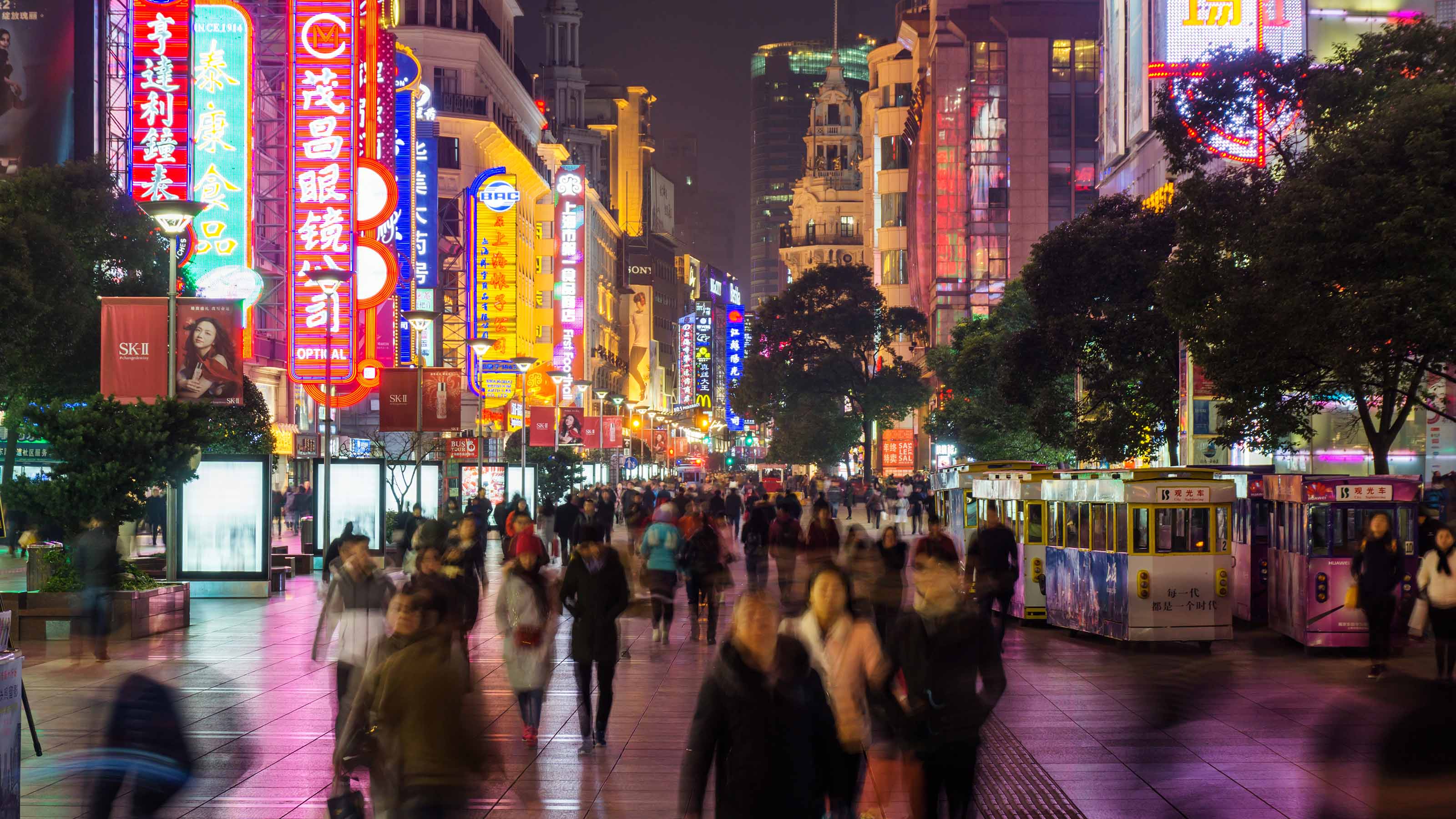
Vanguard FTSE Emerging Markets ETF
- Assets under management: $84.1 billion
- Expenses: 0.10%, or $10 annually for every $10,000 invested
- Dividend yield: 2.1%
When it comes to emerging market ETFs, the Vanguard FTSE Emerging Markets ETF (VWO, $51.65) is the largest U.S.-listed one with a massive $84.1 billion in total assets. One of the best things about owning Vanguard funds – including ETFs and the best Vanguard mutual funds – is that its scale allows it to provide some of the lowest costs among providers. And that's the case with VWO, which charges just 0.10% in management fees, or $1 per every $1,000 invested in the fund.
You can't even get a cup of coffee for a buck these days.
The index tracks the performance of the FTSE Emerging Markets All Cap China Class A Inclusion Index, a market-cap-weighted index that invests in the emerging markets across all market caps, including large-, mid- and small-cap stocks. As indicated in the index name, VWO not only invests in Chinese stocks headquartered in Hong Kong, but also "A Class" shares for companies listed in Shenzhen and Shanghai.
The ETF is currently made up of more than 5,000 stocks from roughly 25 different countries, including the likes of e-commerce firm Alibaba Group (BABA), internet titan Tencent Holdings (TCEHY) and chipmaker Taiwan Semiconductor (TSM). China has the largest representation at 40.2% of the fund, followed by Taiwan at 17.6% and India at 12.7%.
The median market cap of a VWO holding is $28.1 billion, and the turnover rate is just 10.1%. That means you're getting a wide basket of stocks that lean toward the large side, with a mostly buy-and-hold mentality. Plus, this is a growthy group of stocks, with estimates for annual earnings-per-share (EPS) growth averaging 12.2%.
The currency risks of ETFs for emerging markets are considerably higher than an S&P 500 tracker. But additional growth justifies at least a small portion of your assets if you're a risk-averse investor.

iShares J.P. Morgan USD Emerging Markets Bond ETF
- Assets under management: $20.7 billion
- Expenses: 0.39%
- SEC yield: 3.7%*
While U.S. investors can't dip their toes into frontier markets bonds via exchange-traded funds, they can tap the next best place – emerging markets bonds. And they can do this via the iShares J.P. Morgan USD Emerging Markets Bond ETF (EMB, $112.58).
The ETF tracks the performance of the J.P. Morgan EMBI Global Core Index. EMB gives investors access to U.S.-dollar denominated debt in more than 30 emerging markets for a paltry 0.39% fee.
The top three countries at the moment are Mexico (5.5%), Indonesia (4.9%) and Saudi Arabia (4.5%), but it offers exposure to dozens of other countries, including Argentina, Nigeria and Hungary. That's strong geographic diversification.
The iShares J.P. Morgan USD Emerging Markets Bond ETF offers 3.7% in yield at the moment. The weighted average coupon of the 573 bonds held is nearly 5%, while the weighted average maturity is 13.6 years. More than half of the portfolio (56%) carries an investment-grade rating.
To learn more about EMB, visit the iShares provider site.
*SEC yields reflect the interest earned after deducting fund expenses for the most recent 30-day period and are a standard measure for bond and preferred-stock funds.
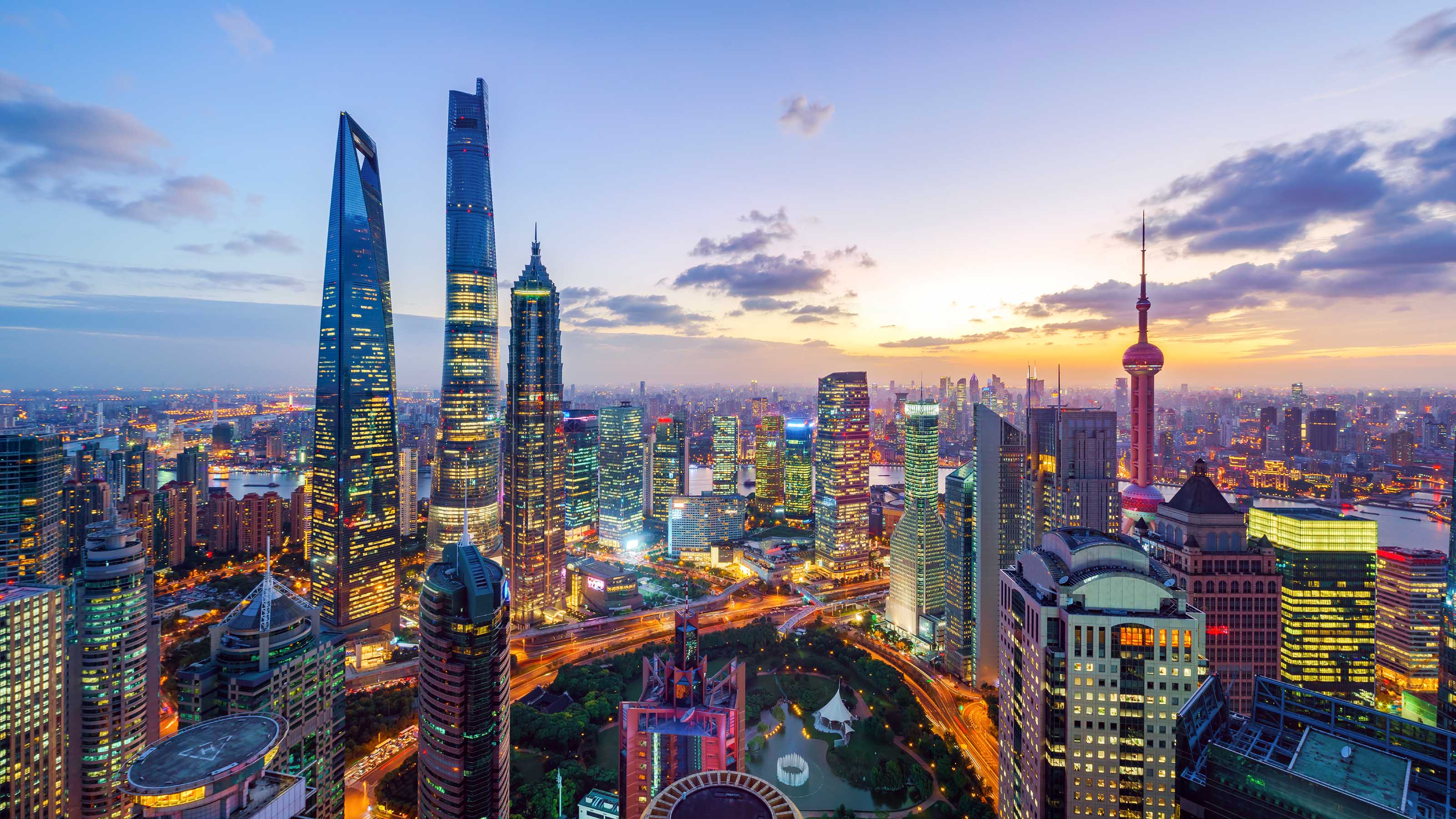
SPDR Portfolio Emerging Markets ETF
- Assets under management: $6.0 billion
- Expenses: 0.11%
- Dividend yield: 2.0%
The SPDR Portfolio Emerging Markets ETF (SPEM, $43.31) is one of State Street's 22 ETF "building blocks." These funds are meant to provide investors with a low-cost core: the foundational pieces of a well-constructed portfolio.
Of the 11 portfolio building blocks in the equity category, SPEM is one of four international equity ETFs, and the only emerging markets fund. And a fee of just 0.11% to gain exposure to nearly 2,600 stocks in 30 different EMs is a bargain.
The ETF tracks the performance of the S&P Emerging BMI (Broad Market Index), which is a subset of the S&P Global BMI. The index is market-cap weighted and float-adjusted, which means representation in the fund is determined by the company's size, but only those shares available to the public are included in the index's calculation.
SPEM's top 10 holdings account for a decent 20% of the ETFs portfolio. The top three sectors by weight are financials (19.3%), technology (16.8%) and consumer discretionary (16.3%).
Geographically, like most of the emerging markets ETFs, the top three country allocations are China (36.0%), Taiwan (16.9%) and India (14.2%).
As for the holdings themselves? The weighted average market cap is $105.9 billion, with the largest checking in at $535.4 billion. This isn't a place for small fries, but SPEM is pretty spry, with annual EPS expected to grow 19%, on average, over the next three to five years.
To learn more about SPEM, visit the State Street Global Advisors provider site.

iShares ESG Aware MSCI EM ETF
- Assets under management: $7.3 billion
- Expenses: 0.25%
- Dividend yield: 1.3%
For those interested in environmental, social and corporate governance (ESG) investing, there are a number of ESG funds to consider.
The iShares ESG Aware MSCI EM ETF (ESGE, $42.83), which tracks the performance of the MSCI Emerging Markets Extended ESG Focus Index, allows you to invest in roughly 347 mid- and large-cap stocks across 24 different countries. They also exhibit positive ESG characteristics, whether that's low carbon footprint, charitable actions or diverse corporate boards.
ESG investing has become so popular with investors that BlackRock, which expects sustainable and ESG investments to hit $1 trillion in assets by 2030, has an entire section of its website dedicated to ESG and sustainable investing.
Emerging market ETFs such as ESGE will help the industry get there faster.
Top countries aren't anything out of the ordinary: China heads the list at 33.3% of assets, followed by Taiwan (16.0%), South Korea (12.9%) and India (10.4%). The top three sectors are financials (22.5%), technology (21.8%) and consumer discretionary (15.4%).
The ETF is decently concentrated at the top, with the top 10 holdings – including Taiwan's TSM and South Korea's Samsung Electronics – commanding 26% of assets. The best part about the iShares ESG MSCI EM ETF is that it gives you many of the same stocks held by the iShares MSCI Emerging Markets ETF (EEM) for 43 fewer basis points (a basis point is one-one hundredth of a percentage point) in expenses, and you get an ESG overlay.

Schwab Fundamental Emerging Markets Large Company Index ETF
- Assets under management: $4.7 billion
- Expenses: 0.39%
- Dividend yield: 2.4%
The Schwab Fundamental Emerging Markets Large Company Index ETF (FNDE, $31.67) specifically hones in on the biggest EM companies.
The FNDE tracks the performance of the Russell RAFI Emerging Markets Large Company Index, which selects a group of large-cap stocks from the emerging markets segment of the FTSE Global Total Cap Index, using a rating system that evaluates companies based on fundamental measures such as adjusted sales, retained operating cash flow and dividends plus buybacks. The top 87.5% of companies, based on their fundamental score, are included in the index.
The weighted average market cap of the ETF's 360 holdings is $85.5 billion. Broken down by size, companies larger than $70 billion account for nearly 30% of the portfolio. Another 68% is invested in companies between $3 billion and $70 billion, and the remainder is in stocks smaller than $3 billion.
FNDE turns over the entire portfolio every four years. Geographically speaking, China is tops at nearly 25% of the fund (a little less than other emerging market funds), Taiwan is more than 18% and Russia comprises 13% of assets. Financials (26.4%), energy (21.0%) and information technology (15.2%) are the most heavily weighted sectors, with stocks like Taiwan Semiconductor and Russian energy firm Gazprom (OGZPY) leading the way.
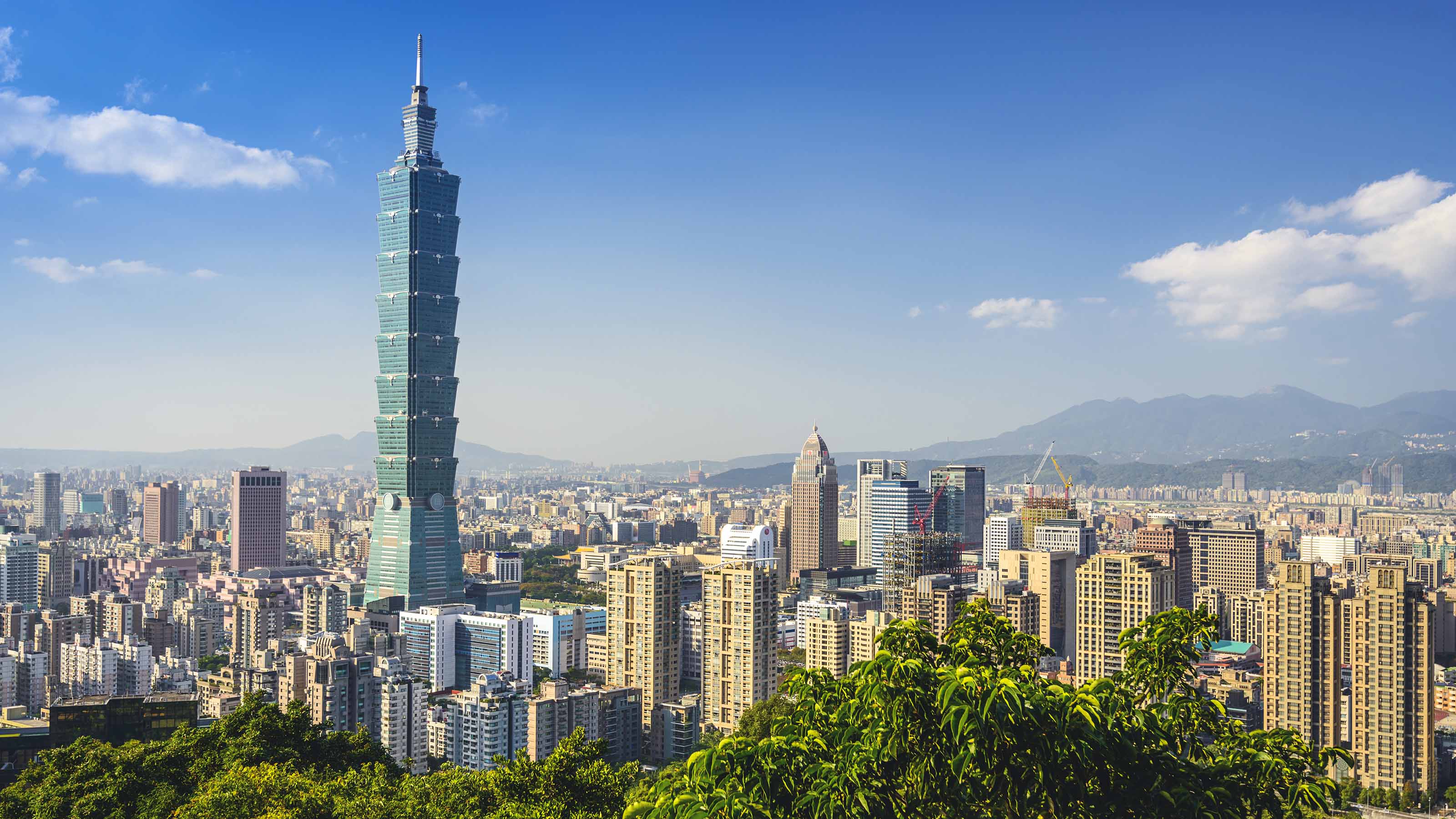
WisdomTree Emerging Markets ex-State-Owned Enterprises Fund
- Assets under management: $4.8 billion
- Expenses: 0.32%
- Dividend yield: 2.2%
For those investors who don't like to own state-owned enterprises, which abound in places such as China, the WisdomTree Emerging Markets ex-State-Owned Enterprises Fund (XSOE, $39.44) is the ETF for you.
XSOE, which tracks the WisdomTree Emerging Markets ex-State-Owned Enterprises Index, will not invest in any EM stock with government ownership of more than 20%. This index is one of three WisdomTree emerging market ETFs specifically designed to exclude state-owned enterprises; the other two are focused on China and India exclusively.
So … why avoid state ownership?
WisdomTree's research shows that over the past 10 years, non-state-owned enterprises in emerging markets generated an annual return of 6.3%, which is 549 basis points greater than state-owned enterprises.
This cap-weighted, float-adjusted portfolio of stocks is reconstituted annually in October. Each component's weighting is calculated by multiplying its market cap by the Standard and Poor's Investability Weighting Factor. The same calculation is repeated for each component. All of the components' scores are added together. Each stock's score is then divided into the total, providing a weighting for each individual company.
The top three sectors by weight are technology (23.4%), consumer discretionary (19.6%), and financials (13.1%). The top 10 holdings account for nearly 31% of the portfolio.
The roughly 500-stock XSOE charges a very reasonable 0.32%, which is why it has managed to gather $4.8 billion in assets in less than seven years.
To learn more about XSOE, visit the WisdomTree provider site.

SPDR S&P Emerging Markets Small Cap ETF
- Assets under management: $665.6 million
- Expenses: 0.65%
- Dividend yield: 2.1%
As its name suggests, the SPDR S&P Emerging Markets Small Cap ETF (EWX, $60.61) invests in small-cap stocks with market caps between $100 million and $2 billion.
This float-adjusted, market cap-weighted index includes all small-cap stocks from the S&P Global BMI that fit the market size requirements and have sufficient liquidity. The weighted average market cap of the 2,100-plus holdings is $1.7 billion.
Because EWX is a small-cap ETF, the holdings have a much higher earnings growth rate estimate, at 21.6% annually over the next three to five years.
Taiwan is actually the best-represented country at nearly 31% of holdings, followed by India at 14.5% and China at 14.3%. And unlike many larger ETFs for emerging markets, financials aren't a big part of EWX, at less than 10% of assets. Instead, the fund is dominated by information technology stocks (21.1%), industrials (13.9%), materials (13.3%) and consumer discretionary (12.9%).
One downside of this fund is a 0.65% expense ratio that's costlier than most of the emerging markets ETFs on this list, though that's still a fair price for this kind of exposure.
To learn more about EWX, visit the State Street Global Advisors provider site.

Columbia Emerging Markets Consumer ETF
- Assets under management: $161.4 million
- Expenses: 0.59%
- Dividend yield: 0.7%
Consumer spending should continue to accelerate as COVID-19 dissipates – not just here in the U.S., but in emerging markets, as well. Investors can position for that eventuality with the Columbia Emerging Markets Consumer ETF (ECON, $25.73), which identifies consumer discretionary, consumer staples and communication services companies in EMs that are expected to grow as their middle-class populations expand.
The ETF tracks the performance of the Dow Jones Emerging Markets Consumer Titans Index, a tight collection of roughly 60 emerging market companies in the three aforementioned sectors. The top holding is India-based consumer goods company Hindustan Unilever, which is a subsidiary of U.K. personal care product firm Unilever (UL). ECON's top 10 holdings account for roughly 40% of its net assets.
In terms of style, ECON is considered a large-cap blend, with a weighted average market cap of $102.6 billion. It does offer a dividend, albeit a modest one.
China really throws around its heft at 51% of assets, followed by India (13.2%) and Taiwan (11.8%). As far as sectors, Consumer discretionary is tops at 38% of the fund, followed closely by communication services (36%) and the rest in staples – an excellent mix of offense and defense.
At 0.49%, ECON isn't overly expensive. But compared to fellow emerging market ETFs VWO or SPEM, it isn't cheap, either.
To learn more about ECON, visit the Columbia Threadneedle Investments provider site.

Emerging Markets Internet & Ecommerce ETF
- Assets under management: $1.3 billion
- Expenses: 0.86%
- Dividend yield: 0.2%
The investment case for e-commerce stocks was made long before COVID-19 reared its ugly head. Pair that with the growth potential of emerging markets, and you really have something special.
Enter the Emerging Markets Internet & Ecommerce ETF (EMQQ, $51.99), which has received even more spotlight thanks to the COVID effect on internet spending.
EMQQ's performance since its launch in November 2014 has been off-the-charts good, justifying its 0.86% management expense ratio. EMQQ has more than doubled on a total-return basis (price plus dividends) since then.
According to EMQQ, consumption in emerging markets will swell to $30 trillion by 2030, with more than 50% of the estimated 5.5 billion people in what it describes as the "consumer class."
And emerging market stocks account for only 13% of total global market cap, but their economies represent roughly 41% of global gross domestic product (GDP). This is according to a report from Touchstone Investments.
To be included in the EMQQ Index, a company must generate at least 50% of its revenue from the internet or e-commerce industries in both emerging and frontier markets. It is rebalanced twice a year on the third Friday in June and December.
The fund currently holds 119 stocks from 17 countries, with China the overwhelming presence at 62% of assets, followed by South Korea and India at 6.6% and 5.1%, respectively. The top 10 stocks – which include Tencent, Alibaba and Pinduoduo (PDD) – account for almost 58% of total assets.

KraneShares CSI China Internet ETF
- Assets under management: $5.1 billion
- Expenses: 0.73%
- Dividend yield: 0.4%
The KraneShares CSI China Internet ETF (KWEB, $49.59) holdings are 100%, China-based publicly traded companies that engage in internet-related businesses. If you're not comfortable holding emerging markets ETFs that are exclusively concentrated in one country – China or otherwise – this fund is definitely not for you.
KWEB tracks the performance of the CSI Overseas China Internet Index, a collection of companies that are traded on the Hong Kong, New York and Nasdaq stock exchanges. The ETF currently has 51 holdings, and the top 10 account for 63% of assets. American investors are likely familiar with most, if not all, of the top 10, which includes several names we've mentioned already (Alibaba, Tencent, Pinduoduo, for instance).
The fund is extremely concentrated from a sector perspective: 45% in consumer discretionary, 35% in communication services, and 6% in technology. The remaining 14% is divided amongst real estate, health care, financials and industrials.
Large caps account for 91% of the portfolio, with the remainder in mid-caps and a tiny sliver of small-cap stocks.
KWEB got its start in July 2013, and like EMQQ, has done exceptionally well since inception, up nearly 120%.
To learn more about KWEB, visit the KraneShares provider site.
Profit and prosper with the best of Kiplinger's advice on investing, taxes, retirement, personal finance and much more. Delivered daily. Enter your email in the box and click Sign Me Up.

Will has written professionally for investment and finance publications in both the U.S. and Canada since 2004. A native of Toronto, Canada, his sole objective is to help people become better and more informed investors. Fascinated by how companies make money, he's a keen student of business history. Married and now living in Halifax, Nova Scotia, he's also got an interest in equity and debt crowdfunding.
-
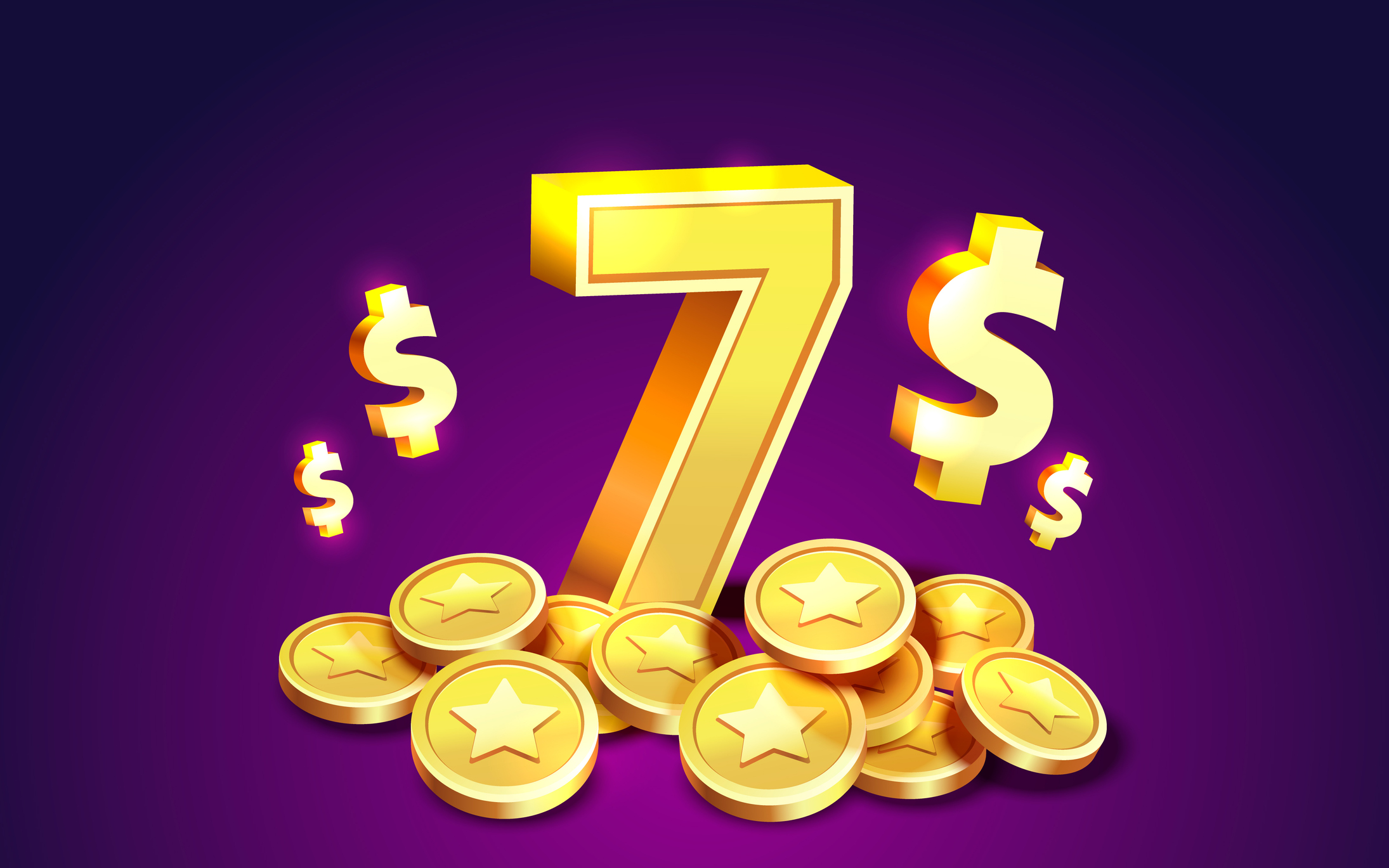 7 Ways to Save Money on Almost Everything
7 Ways to Save Money on Almost EverythingHigh prices got you down? These strategies can help you reap deep discounts on everyday spending.
-
 My Top 10 Stock Picks for 2026
My Top 10 Stock Picks for 2026Each year, we ask an expert to pick 10 stocks that have the potential to beat the market over the next 12 months. Here are his choices for 2026.
-
 Special Report: The Future of American Politics
Special Report: The Future of American PoliticsThe Kiplinger Letter The Political Trends and Challenges that Will Define the Next Decade
-
 Gold and Silver Shine as Stocks Chop: Stock Market Today
Gold and Silver Shine as Stocks Chop: Stock Market TodayStocks struggled in Friday's low-volume session, but the losses weren't enough to put the Santa Claus Rally at risk.
-
 The Santa Claus Rally Officially Begins: Stock Market Today
The Santa Claus Rally Officially Begins: Stock Market TodayThe Santa Claus Rally is officially on as of Wednesday's closing bell, and initial returns are positive.
-
 'Humbug!' Say Consumers, Despite Hot GDP: Stock Market Today
'Humbug!' Say Consumers, Despite Hot GDP: Stock Market Today"The stock market is not the economy," they say, but both things are up. Yet one survey says people are still feeling down in the middle of this complex season.
-
 Stocks Rise to the Spirit of the Season: Stock Market Today
Stocks Rise to the Spirit of the Season: Stock Market TodayInvestors, traders and speculators are beginning to like the looks of a potential year-end rally.
-
 Nasdaq Leads as Tech Stages Late-Week Comeback: Stock Market Today
Nasdaq Leads as Tech Stages Late-Week Comeback: Stock Market TodayOracle stock boosted the tech sector on Friday after the company became co-owner of TikTok's U.S. operations.
-
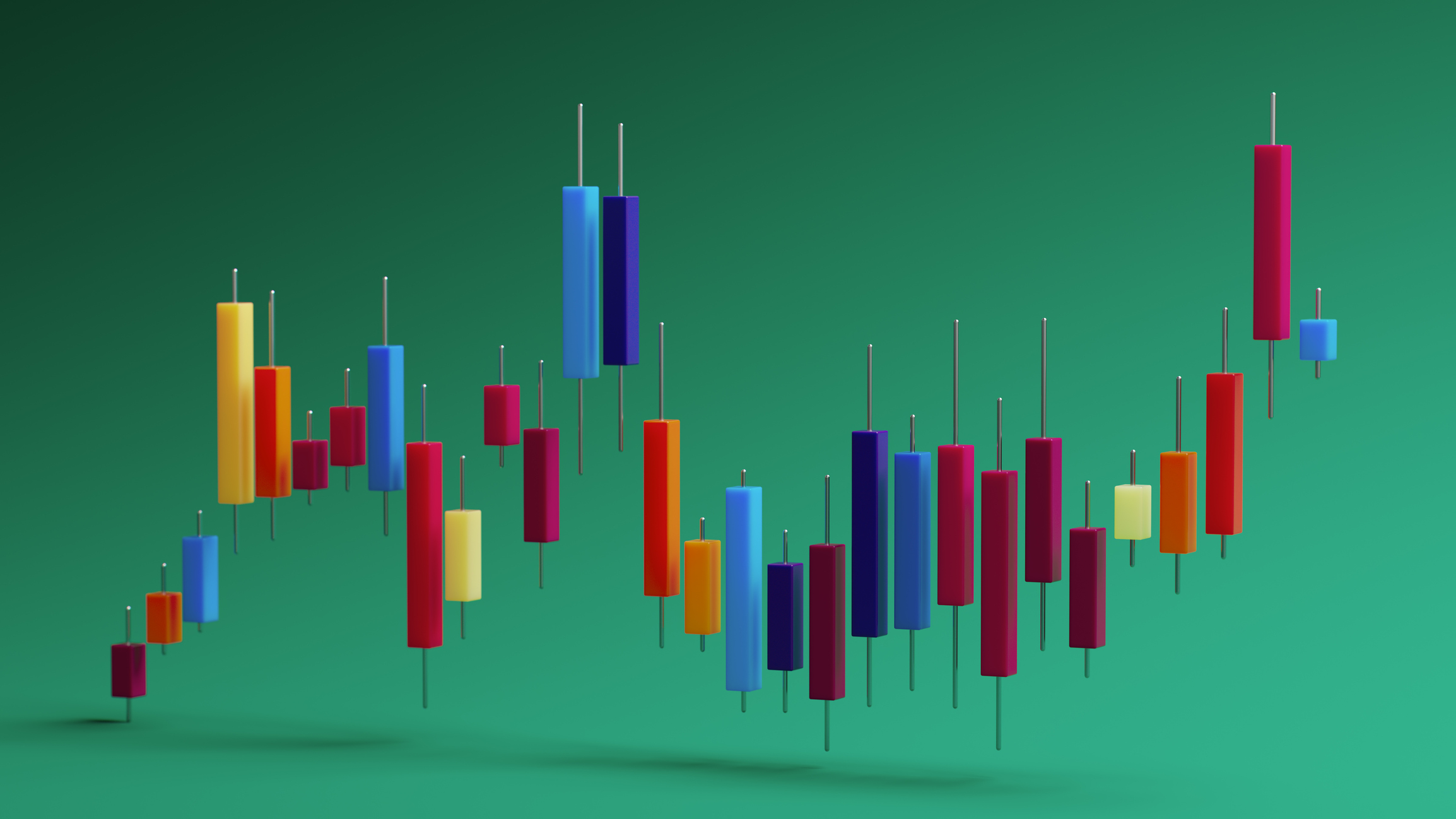 Cooler Inflation Supports a Relief Rally: Stock Market Today
Cooler Inflation Supports a Relief Rally: Stock Market TodayInvestors, traders and speculators welcome much-better-than-hoped-for core CPI data on top of optimism-renewing AI earnings.
-
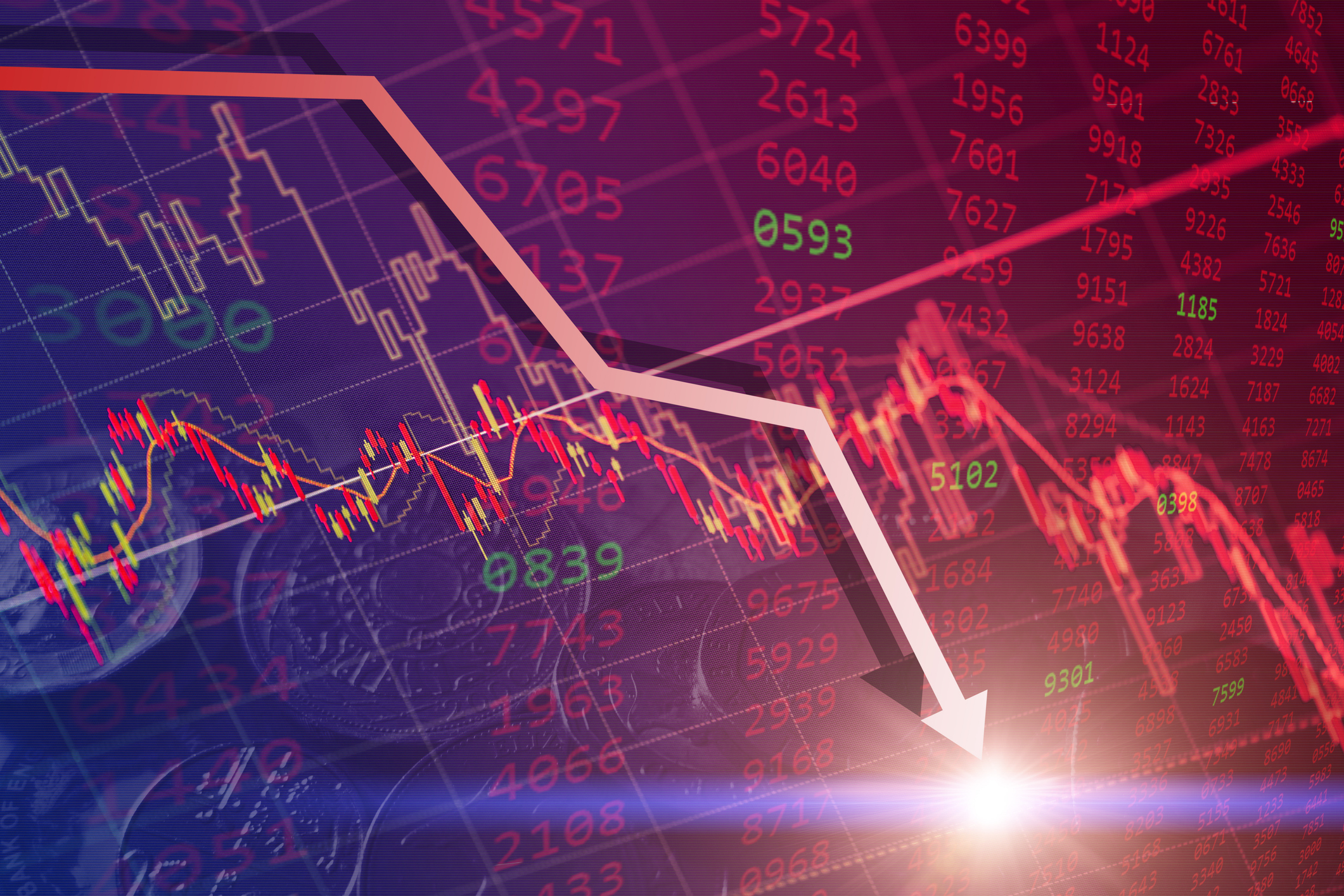 Nasdaq Sinks 418 Points as Tech Chills: Stock Market Today
Nasdaq Sinks 418 Points as Tech Chills: Stock Market TodayInvestors, traders and speculators are growing cooler to the AI revolution as winter approaches.
-
 Stocks Chop as the Unemployment Rate Jumps: Stock Market Today
Stocks Chop as the Unemployment Rate Jumps: Stock Market TodayNovember job growth was stronger than expected, but sharp losses in October and a rising unemployment rate are worrying market participants.
